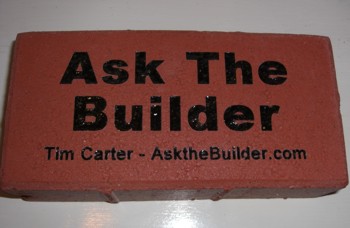Just a block from the Hollywood and Highland entertainment complex, Los Angeles-based Pacifica Real Estate Services has opened sales for The Hollywood.
The sleek and modern units available include 3 two-bedroom floorplans and a penthouse, all designed by renowned LA architect Stephen Kanner. Located right in the center of the Hollywood action, units are priced from the high $400,000s to approximately $1,000,000.
The Hollywood's 54 upscale residences range in size from approximately 1,200 to 2,600 square feet, with ceiling heights from nine feet in most units to a soaring 18 feet in the penthouses. The modern feel of each home embraces sleek lines with wood and stainless steel accents, walls of glass opening onto panoramic city views from select units. The amenities are second to none, from Viking appliances and Eco-Intelligent fireplaces, to top-notch security features like gated access and a 24-hour doorman.
It's a complex like no other, home to Hollywood's talented and creative elite. This unique urban home experience attracts the best and brightest to what resident Blaise Hossain calls a real life "episode of Entourage," a place where any night of the week, you can find a neighbor spinning some new music and willing to share a drink or two. It's a true community, always looking to add new members into the mix.
The atmosphere of living art extends from the bright, open floorplans in each unit (perfect for each owner's individual expression of style), through the fitness center and sports lounge, and into the parking garage adorned with graffiti art from some of LA's most notorious street artists, including creative legends Man One, RETNA and Mr. Brainwash. The huge walls of the two-level subterranean garage were painted by the artists several years ago and have now become one of the hidden treasures of LA. The garage is the starting point for a community that was designed as a building where residents could live surrounded by art.
Though The Hollywood is situated just a block from Hollywood and Highland, the building is tucked away on residential Yucca Ave, giving owners the rare luxury of proximity to the best the city has to offer without the bustle of a main street. The location offers access to Metro lines and many of Hollywood's new and old haunts, from the W Hotel at Hollywood and Vine and The Roosevelt Hotel to Hollywood Boulevard restaurants, shops, and nightlife.
And the site itself has a storied history, the original home of the Masquers Club and the Villa Capri Restaurant, the Rat Pack's favorite hangout. Since its inception in 1925, the address has always been a meeting place for the Hollywood select.






